Service hotline
+86 0755-83975897
Release date:2025-05-09Author source:KinghelmViews:25
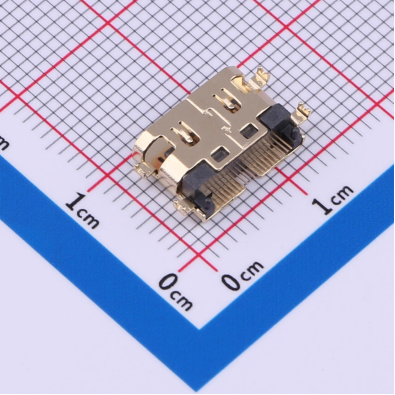
In today’s era of high-definition (HD) and ultra-high-definition (UHD) video, video connectors serve as critical hubs for signal transmission between devices, whether for home theater setups, professional film production, or daily office meetings and projections. Different types of video connectors have distinct specifications and performance characteristics. Understanding these details not only helps professionals make precise selections but also enables everyday users to avoid issues like blurry images or lag caused by improper connector choices. This article explores common video connector types, analyzes their specifications and performance, and provides a comprehensive guide for informed purchasing decisions.
1. Common Video Connector Types
(1) HDMI Connectors
HDMI (High Definition Multimedia Interface) connectors are among the most widely used for HD video, supporting simultaneous digital transmission of audio and video signals. They feature a 19-pin design, with three main variants: Standard HDMI, Mini HDMI, and Micro HDMI.
Standard HDMI: Common in TVs, monitors, etc.
Mini/Micro HDMI: Compact sizes suit cameras, tablets, and portable devices.
(2) DisplayPort Connectors
DisplayPort is a digital interface primarily for PCs, supporting high resolutions and refresh rates. Variants include:
Standard DisplayPort
Mini DisplayPort
USB-C (with DisplayPort Alt Mode)
Ideal for gaming monitors and professional workstations requiring high frame rates.
(
3) VGA Connectors
VGA (Video Graphics Array), a legacy analog interface with a 15-pin D-Sub design, remains in use for older projectors or low-demand scenarios despite declining popularity.
(4) DVI Connectors
DVI (Digital Visual Interface) comes in three types:
DVI-D (Digital only)
DVI-I (Digital + Analog)
DVI-A (Analog only)
Once pivotal for HD video, DVI has been largely supplanted by HDMI and DisplayPort.
2. Key Specification Parameters
(1) Resolution Support
Resolution capabilities vary by connector:
HDMI 1.4: 4K (3840×2160) at 30Hz.
HDMI 2.1: 8K (7680×4320) at 120Hz.
DisplayPort 1.4: 8K at 60Hz or 4K at 144Hz.
(2) Bandwidth
Higher bandwidth enables higher resolutions and refresh rates:
HDMI 1.4: 10.2 Gbps → HDMI 2.1: 48 Gbps.
DisplayPort 2.0: 80 Gbps, supporting HDR and advanced video tech.
(3) Interface Size and Shape
Compact designs (Micro HDMI, USB-C) suit portable devices.
Standard sizes (HDMI, DVI) fit TVs and desktops.
Foolproof features (reversible plugs) enhance usability.
(4) Transmission Distance
HDMI/DisplayPort: ≤15m (standard cable); use fiber optics for longer ranges.
VGA: ≤10m (prone to interference beyond this).
3. Performance Metrics
(1) Signal Quality
Digital connectors (HDMI, DisplayPort): Minimal signal loss, anti-interference.
Analog connectors (VGA, DVI-A): Susceptible to noise, especially over distance.
(2) Compatibility
Modern devices often support multiple standards (e.g., HDMI + USB-C). Adapters (e.g., HDMI-to-VGA) bridge legacy systems.
(3) Durability
Gold-plated pins: Reduce oxidation and resistance.
Reinforced housing: Withstands frequent plugging/unplugging.
4. Purchasing Recommendations
Match Device Needs:
HDMI for TVs/monitors; DisplayPort for gaming/professional use.
Prioritize Specs:
Choose HDMI 2.1 or DisplayPort 1.4+ for 8K/120Hz.
Transmission Distance:
Opt for fiber-optic cables or boosters for long runs.
Quality Assurance:
Select certified brands (HDMI/DisplayPort logos) for reliability.
5. Conclusion
Video connector specifications and performance directly impact signal quality and user experience. By understanding connector types, parameters, and use cases, users can optimize their setups for HD/UHD video across home, office, or professional environments. As video technology evolves, connectors will continue to advance, delivering even better visual experiences.
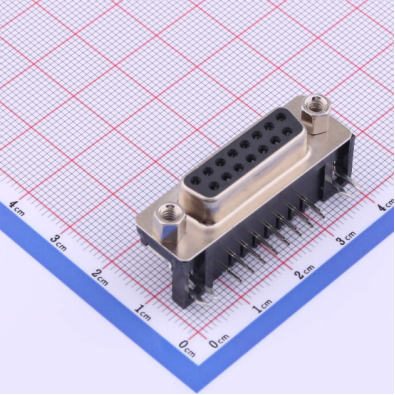
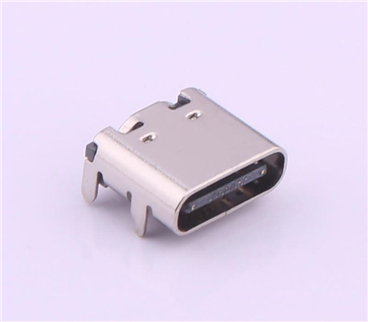
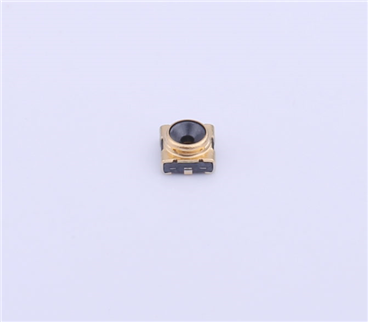
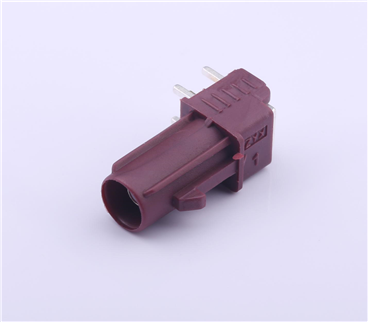
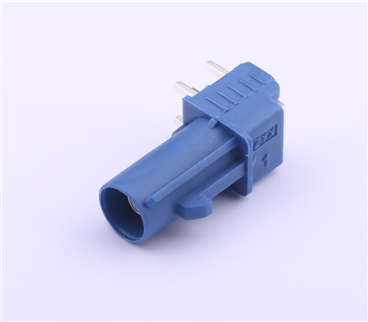
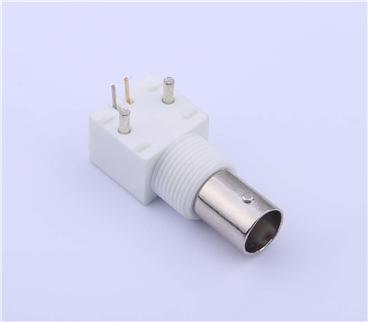
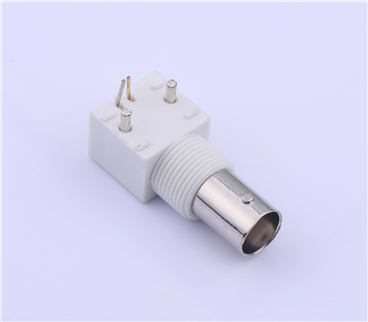
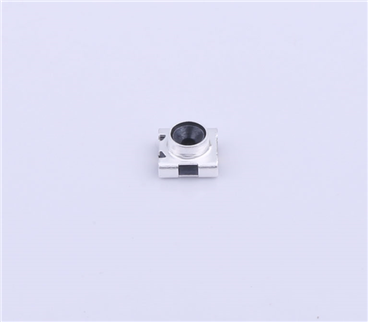

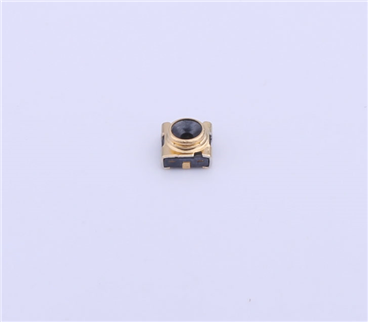
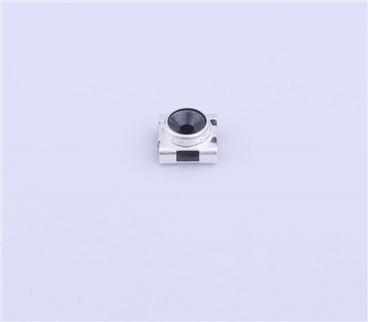
Copyright © Shenzhen Kinghelm Electronics Co., Ltd. all rights reservedYue ICP Bei No. 17113853